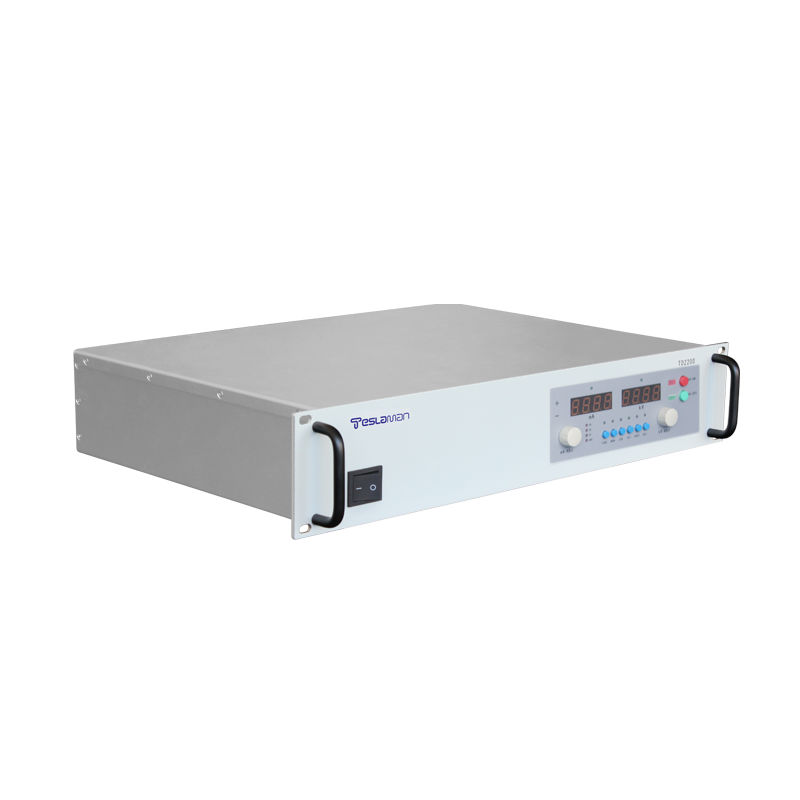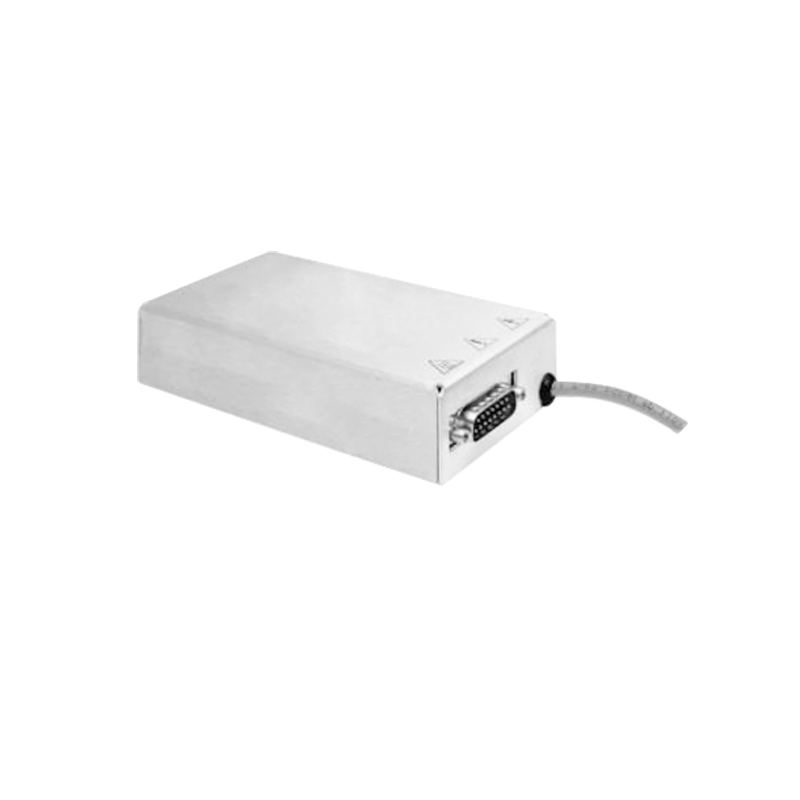Application Technologies of High-Voltage Power Supplies in Microelectronics Manufacturing
Introduction
High-voltage power supplies (typically defined as those with output voltages ranging from hundreds of volts to tens of kilovolts) play a crucial role in microelectronics manufacturing, particularly in key processes such as semiconductor fabrication, thin-film deposition, ion implantation, and plasma processing. As integrated circuit (IC) manufacturing advances toward smaller feature sizes and higher integration, the stability, precision, and controllability of high-voltage power supplies increasingly influence device performance. This article explores the core application technologies of high-voltage power supplies in microelectronics manufacturing and the associated challenges.
1. Core Applications of High-Voltage Power Supplies in Microelectronics Manufacturing
1. Ion Implantation Process
Ion implantation is a critical doping technique in semiconductor manufacturing, where high-voltage power supplies accelerate ion beams to penetrate the silicon wafer surface, forming desired conductive properties. The stability of the high-voltage power supply directly affects doping uniformity, influencing transistor threshold voltage and conduction characteristics. Modern ion implanters require power supplies with fast response, low ripple, and high precision to meet the demands of different process nodes.
2. Plasma-Enhanced Chemical Vapor Deposition (PECVD)
PECVD relies on high-voltage power supplies to generate plasma for depositing high-quality dielectric layers (e.g., SiO₂, SiNₓ) at low temperatures. The output characteristics (e.g., frequency, waveform) of the power supply influence plasma density and film uniformity. High-frequency high-voltage power supplies (e.g., RF or pulsed DC) optimize film stress, reduce defects, and enhance device reliability.
3. Electron Beam Lithography (EBL)
In extreme ultraviolet (EUV) lithography, high-voltage power supplies drive electron beam exposure systems to ensure high-resolution pattern transfer. The stability of the power supply affects beam focusing accuracy, impacting critical dimension (CD) control. Additionally, low-noise power supplies are essential to minimize exposure errors.
4. Electrostatic Chucks (ESC) and Wafer Clamping
During etching and deposition, high-voltage power supplies provide bias voltage for electrostatic chucks, ensuring stable wafer fixation in vacuum environments. Fast response capabilities prevent wafer displacement, improving process consistency.
2. Technical Challenges and Solutions
1. High Precision and Low Noise Requirements
Microelectronics manufacturing is highly sensitive to power supply ripple and noise, especially in nanoscale processes where minor voltage fluctuations can cause device performance drift. Solutions include multi-stage filtering, low-noise topologies (e.g., resonant conversion), and digital closed-loop control to ensure long-term output stability.
2. Fast Dynamic Response
In plasma processes, load variations may cause voltage fluctuations, affecting film quality. High-frequency switching technologies (e.g., GaN or SiC devices) improve response speed, while adaptive control algorithms optimize dynamic performance.
3. High-Voltage Endurance and Insulation Reliability
Microelectronics equipment often operates in vacuum or corrosive environments, requiring robust insulation design to prevent dielectric breakdown. High-dielectric-strength materials, modular designs, and partial discharge detection enhance long-term reliability.
4. Multi-Parameter Coordination
Modern semiconductor equipment demands synchronized control of high-voltage power supplies with temperature, pressure, and other parameters. AI-based real-time optimization systems enable dynamic adjustments to meet complex process requirements.
3. Future Trends
1. Intelligent High-Voltage Power Systems
Integration with IoT enables remote monitoring and predictive maintenance, reducing equipment downtime.
2. Wide-Range Adjustable High-Voltage Technology
Future power supplies must support broad output ranges (e.g., 1kV–100kV) while maintaining precision for multi-process compatibility.
3. Energy-Efficient and Green Power Design
High-frequency soft-switching techniques reduce power losses, aligning with sustainable semiconductor manufacturing trends.
Conclusion
High-voltage power supplies are foundational to microelectronics manufacturing, directly impacting semiconductor yield and reliability. As process nodes advance, future power supplies must continue evolving in precision, response speed, and intelligence to meet the stringent demands of cutting-edge fabrication technologies.




















